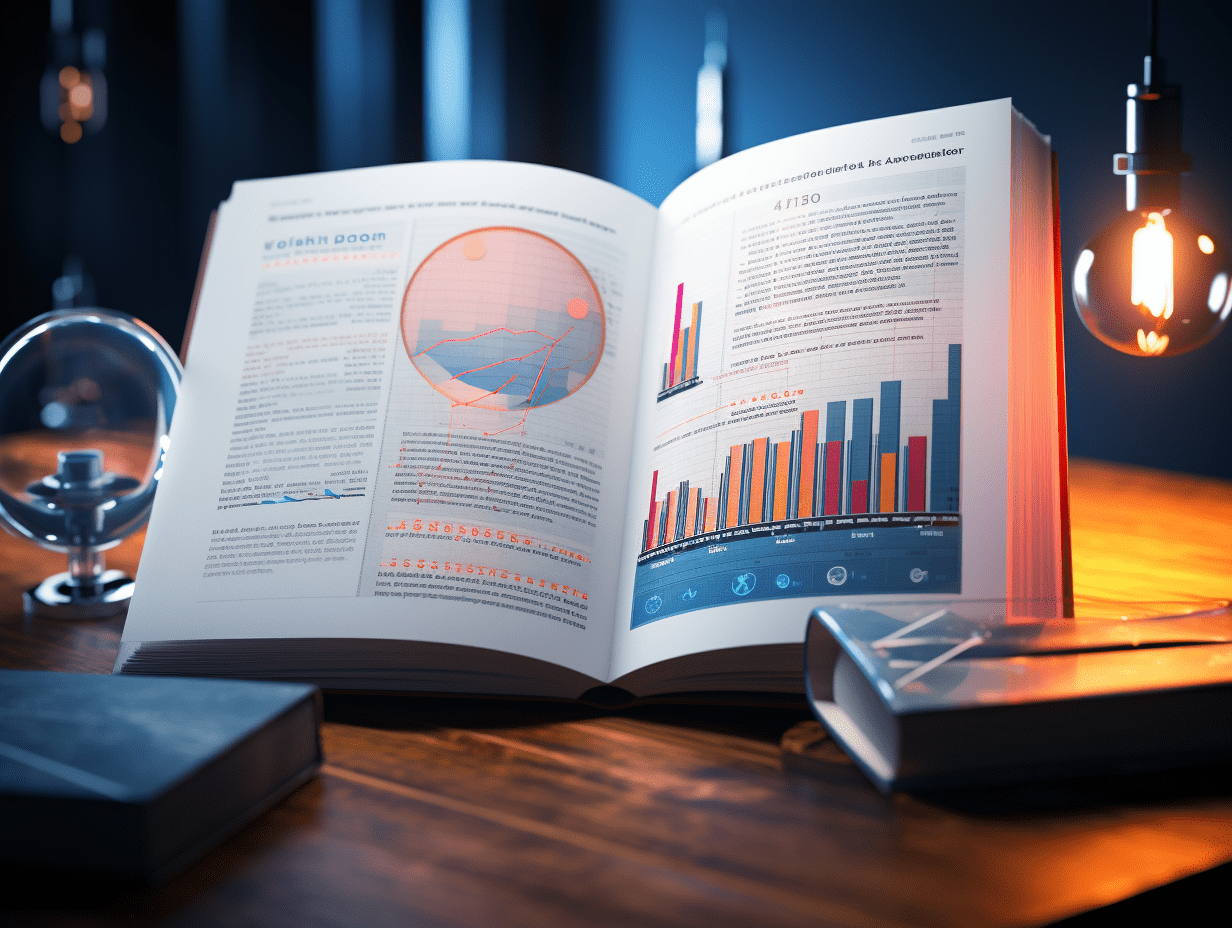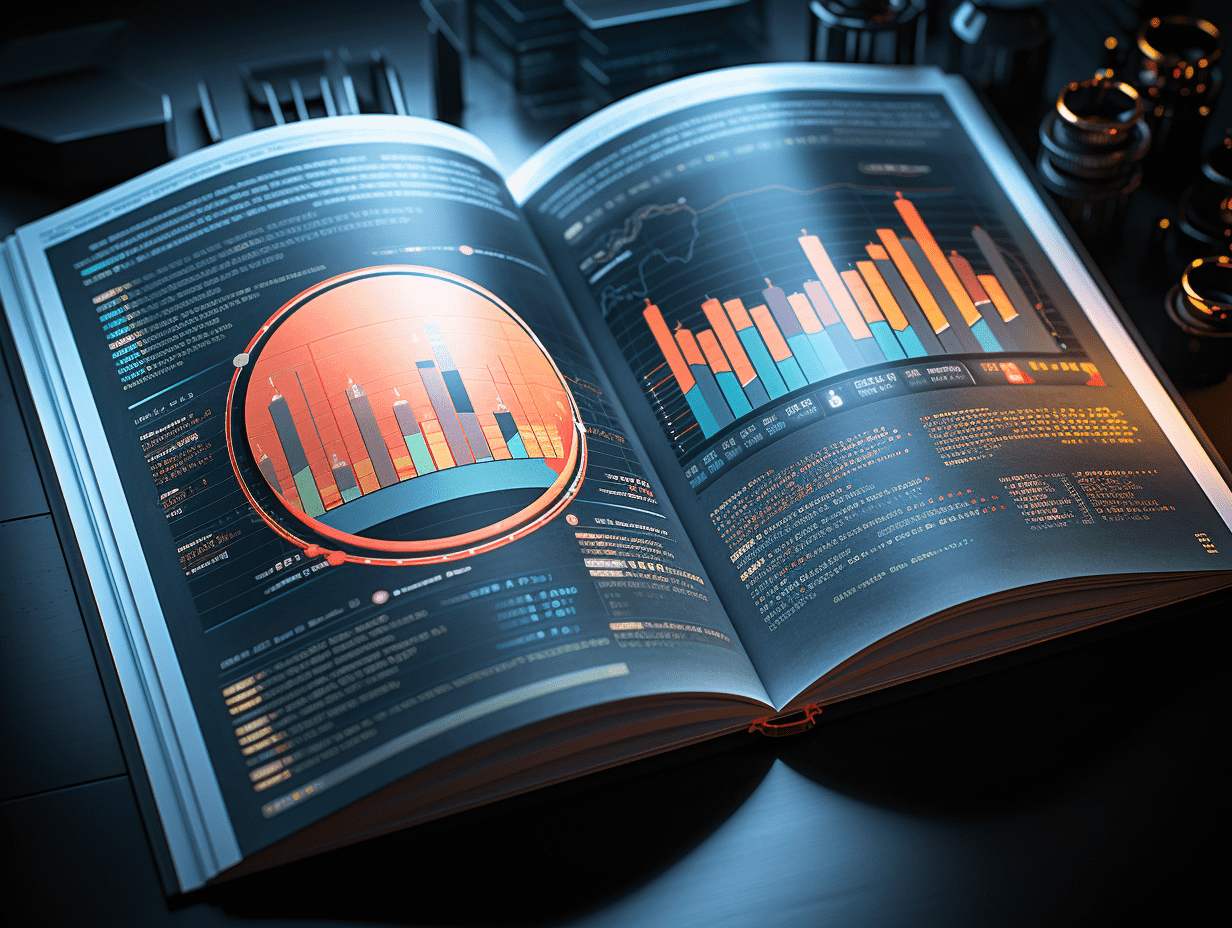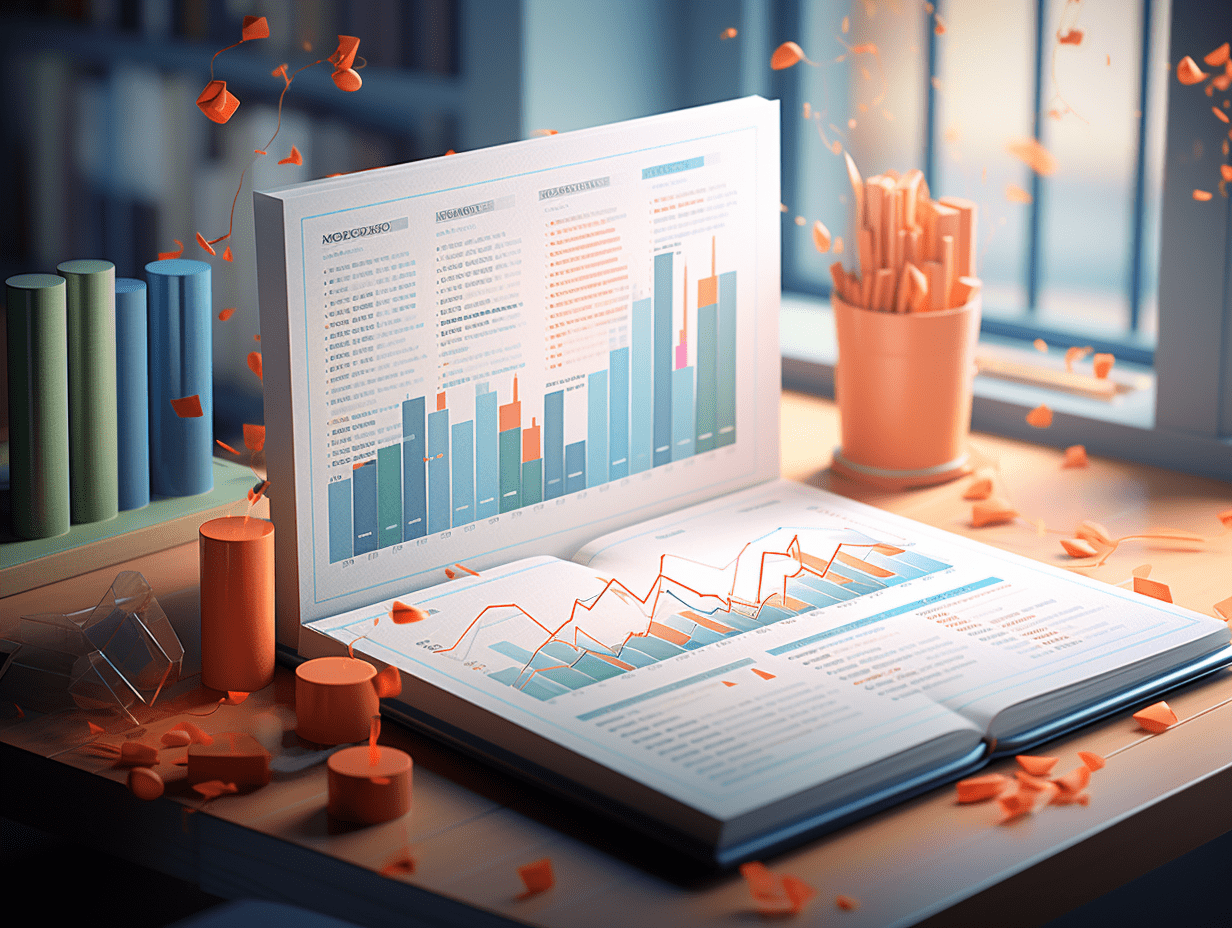CITIC Securities' 2025 glass fiber and carbon fiber investment strategy: Structural prosperity continues, and profit recovery is expected.
In 2025, the industry's supply and demand situation may begin to improve. The continued downward pressure on prices is limited. High-end markets such as aviation and aerospace are thriving, and the leading companies with high-performance carbon fiber products and market advantages are expected to see growth in their performance.
CITIC SEC released a research report stating that the worst point for the fiberglass industry in 2024 has passed, entering a period of prosperity, with gradual recovery in company profits. The industry is expected to continue its upward trend in 2025, with the demand and prices of high-end products such as roving and electronic yarn/fabric potentially increasing. Leading companies with comprehensive advantages are expected to continue improving profits, with potential for valuation increases.
The carbon fiber market is still out of balance in terms of supply and demand in 2024, with prices continuing to be under pressure. In 2025, the supply and demand situation may start to improve, with limited downward price pressure. The high-end market, such as aerospace, is expected to improve, with leading companies in high-performance carbon fiber products and market advantages showing promising performance growth.
CITIC SEC's main points are as follows:
Fiberglass rovings: Continued prosperity expected, with improved profit expectations for companies.
In 2024, the industry's supply and demand situation gradually improved, with companies pushing for price increases for their products, initiating an upward trend in industry prosperity. By 2024Q3, although company profits have recovered, they are still at the bottom of the cycle. Looking ahead to 2025, there is limited new capacity in the industry, with high collaboration among industry players maintaining overall supply and demand balance. Demand for high-end products, such as wind power rovings and thermoplastic short fibers, with higher certainty and elasticity, could still see prices increasing, resulting in continued industry prosperity.
Companies will continue to focus on cost reduction and efficiency improvement, leading to ongoing improvement in profits. After two years of downturn, the valuation of top fiberglass companies is at historically low levels. Some companies are actively conducting share buybacks, increasing stock holdings, and gradually increasing cash dividends, providing potential for valuation recovery.
Electronic yarn/fabric: Positive outlook for 2025, with demand and prices showing upward elasticity.
In 2024, downstream demand for PCBs and copper-clad laminates gradually recovered, driving product prices upwards. Looking ahead to 2025, there are no large-scale new capacities expected in the electronic yarn/fabric industry. Demand from sectors such as automotive, home appliances, consumer electronics, and AI development is expected to drive continued growth in the PCB and copper-clad laminate sectors, ultimately boosting demand for electronic yarn/fabric. The rapid development of AI capabilities is expected to increase demand for high-performance PCBs and copper-clad laminates, further boosting demand for low Dk/Df and ultra-thin electronic fabrics.
Overall, with industry prosperity improving, electronic yarn/fabric prices are expected to increase. Leading companies are actively expanding their production of high-end electronic yarn/fabric and optimizing product structures, providing potential for future growth.
Carbon fiber: Supply and demand situation expected to improve, with strong advantages in high-end markets.
In 2024, although overall demand for carbon fiber has recovered, oversupply from previous accumulation remains a challenge, keeping prices under pressure and leading many companies to report losses. However, in high-end applications such as aerospace, high-performance carbon fiber products are performing well, with leading companies showing good profits. Looking ahead to 2025, the pace of new carbon fiber production capacity may slow down, with demand expected to continue improving. The supply and demand situation in the industry may gradually improve, with limited downward pressure on prices. With carbon fiber becoming more cost-effective at lower price levels, its applications may expand further, especially in high-end sectors such as aerospace, with potential for domestic alternatives to accelerate, contributing to incremental growth in emerging sectors and highlighting the advantages of leading companies in the high-end market.
Investment strategy:
In 2025, it is recommended to invest in leading fiberglass companies with comprehensive advantages in production costs, product structures, and market layout, global leaders in high-frequency high-speed copper-clad laminates and electronic fabrics, carbon fiber leaders with high-end application markets and high-performance products, and companies actively investing in high-end production capacity. Focus on leading companies producing mid-to-high-end electronic textiles.
Risk factors: Significant macroeconomic fluctuations, increases in material and fuel costs, irrational new capacity additions, decline in overseas demand, lower-than-expected demand and market expansion for high-end products, and increasing industry competition.
Related Articles

US Stock Market Move | Hut8 (HUT.US) continues to rise by over 5%, accumulating a total increase of 37% over the past 3 trading days.

US Stock Market Move | Received a $3.75 million purchase order Unusual Machines (UMAC.US) continued to rise by over 8%

A-share Evening Focus | Precious Metals Bull Market Continues! London Copper Breaks $12,000
US Stock Market Move | Hut8 (HUT.US) continues to rise by over 5%, accumulating a total increase of 37% over the past 3 trading days.

US Stock Market Move | Received a $3.75 million purchase order Unusual Machines (UMAC.US) continued to rise by over 8%

A-share Evening Focus | Precious Metals Bull Market Continues! London Copper Breaks $12,000

RECOMMEND





